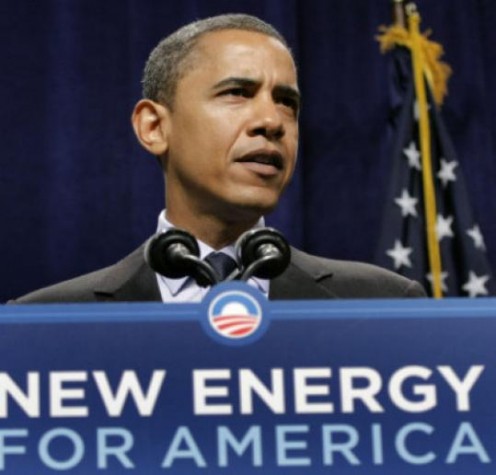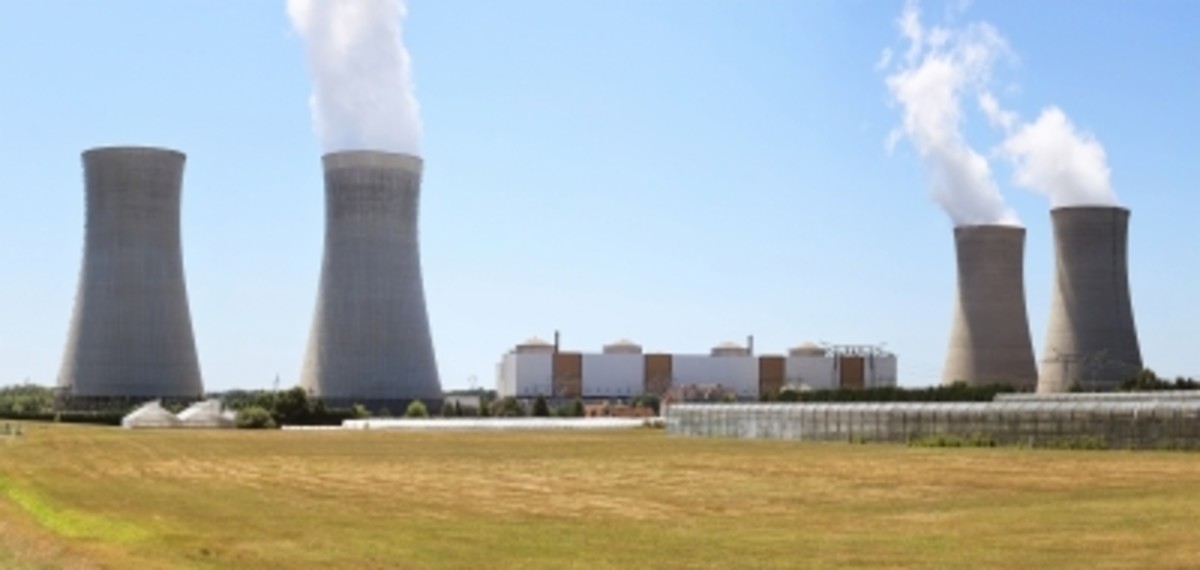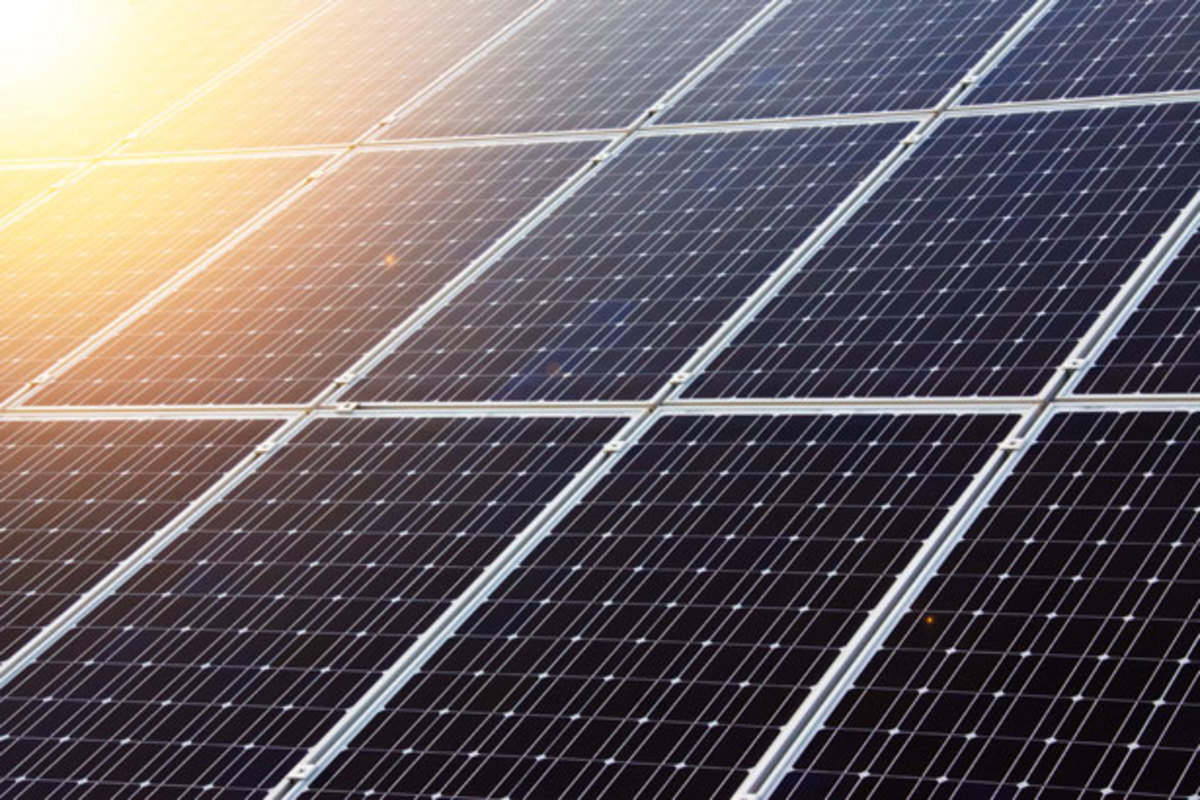Government Alternative Energy

Alternative Energy
Whenever there is a government issue it is usually taken as either an urgent fix or it can wait. Alternative energy has been the second choice where it has been more on president’s minds since about the early 1990’s where changes had started to arise. These changes aren’t as big to change the whole nation in a short time but they are a step towards the right direction. In recent years we have seen these changes within the governments different branches starting with the Legislative decisions, Executive actions, and Supreme Court decisions.
On the topic of alternative energy the Legislative branch has stepped in to help pass certain policies that the presidents feel would make a difference in how this issue is approached. Starting in 1992 at the end of George H. W. Bush’s last term, congress had passed the Environmental Policy Act (EPAct). And what this did for the United States was that it allowed the new Environmental Protection Agency (EPA) to set new stricter standards out there about air quality. Congress did not stop there; they continued to add on to the EPAct in Bill Clinton’s first term in 1993. Besides passing policy’s they would also reject certain ideas such as the one purposed by George W. Bush that had to do with using the Arctic National Wildlife Refuge (ANWR) as a solution for the nations dependence on foreign petroleum supplies. Yet, within George W. Bush’s term, congress passed his proposal called the Hydrogen Initiative. Most of these ideas went into the EPAct of 2005 where it all was helped started on the basis of the first EPAct of 1992.
There have been several presidents that have come into play in helping create the move towards alternative energy. In George H. W. Bush’s presidency he didn’t really do anything about it until the end of his term where he purposed the EPAct of 1992. Even though it was a late move by H. W. Bush it was a positive one where it help set the tone for the next eighteen years on alternative energy. Bill Clinton was next and he had the job of continuing what H. W. Bush had left off on. Clinton raised money for this growing interest on alternative energy and its research and development. Going off of the EPAct Clinton improved it in 1993 by developing partnerships between national state and local governments. Clinton wanted to reduce harmful emissions and help improve the air quality, so he rewarded local and state for their efforts. Next came George W. Bush and he wanted to expand on what ANWR was doing by using it to find petroleum and natural gas. Even though that didn’t get passed W. Bush wanted to still have some type of impact of how alternative energy were to be used in the future in America. So Hydrogen Initiative was what Bush had purposed which was to promote the use of hydrogen as a fuel for the future. In 2005, W. Bush also signed into law the EPAct, which would provide tax incentive and loan guarantees for various types of energy production. Lastly in 2009, President Barack Obama signed into law the American Recovery and Restoration Act (ARRA). Which covers a lot of America’s issues ranging from investing to the creation of jobs but most importantly it includes the investment in clean renewable energy sources of the future. Overall each president from George H. W. Bush to Barack Obama has contributed to the push towards alternative energy.
Courts in the United States have also played an important role in how far alternative energy has gone today. The court systems job is to help legitimize policy’s that has been passed. By doing this they also promote alternative energy because of how they reinforce the laws that have to do with energy policies such as the EPA. Federal courts have been moving towards alternative energy since the national government has put out new laws about energy policies. The Supreme Court is also playing a big role in enforcing energy laws such as in the case of Engine Manufacturers Association, et al. v. South Coast air quality Management District, et al. in 2005. In this case the court had gone toward the side of the energy policy where it ended up that bus and trucks had to use the local Los Angeles low emission vehicles that are used for transportation of goods or individuals. Several court cases such as this one has provided the opportunity for the court system to be apart of the alternative energy movement.
It has been a long way coming for the United States to get to where they are today. Starting at 1992 to today there have been significant improvements on how we handle the use of alternative energy. Yet, there is still a good amount of work that needs to get done. Thanks to the Legislative decisions, Executive actions, and Supreme Court decisions we can say that as a nation we are moving towards the right direction. Only time can tell when we will reach our goal of using primarily alternative energy, but what we do know is that we are working on it.








